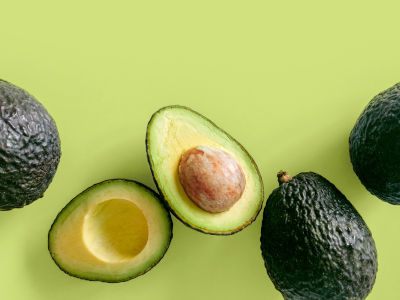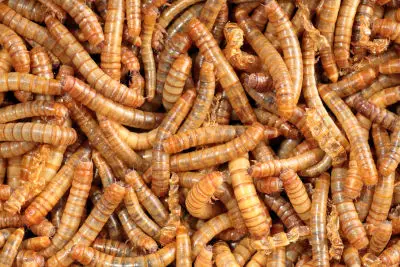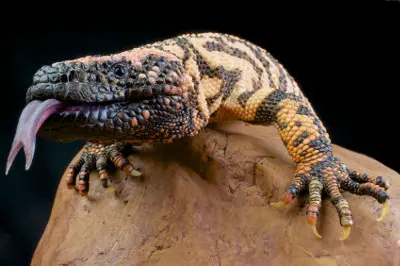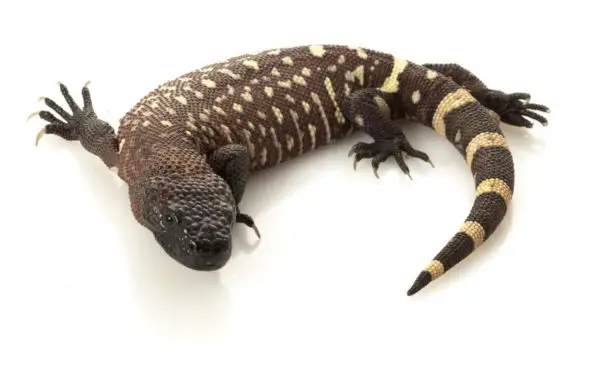Do Lizards Bite? (Read This to avoid getting Bitten!)
Are you curious if lizards really bite? Or wondering why they bite, or if your potential pet lizard could give you a bite? Then you need to read this to understand.
Do lizards bite? Yes, lizards do bite. But in general, they only do this in self-defence. Especially If they feel threatened. Depending on the specie, they can give you a small bite or worse case a ferocious bite that can prove fatal.
| Are these foods dangerous for your Beardie? | |
| Avacado? Click here to learn, from this guide, if this food is dangerous |  |
| Superworms? Click here to learn, from this guide, if this food is dangerous |  |
Now you have a good high-level understanding of why lizards bite, lets delve deeper and look at which lizards are most dangerous, which ones have venom that could prove fatal and so much more.
Why do lizards bite?
Most of the time lizards’ bites in self-defence humans tend to try and capture lizards and this antagonises them and if they feel threatened by this attack then their natural reaction is to bite. So, they are not naturally looking to hurt anyone it is just nature’s way of protecting themselves.
What happens if you get bitten?
If you get bitten the first thing that you should do is clean your wounds thoroughly then get it checked out a qualified doctor immediately. In most cases, depending on the specie, it won’t be serious.
However, there are chances that some lizards can pass on Salmonella through their scratches or even through their faeces. Therefore, it is better to be safe than sorry and get it checked out encase of infection.
Also, there are some lizards that are venomous and therefore unless you are very skilled in understanding which lizards can cause danger it’s better to be vigilant and get it checked out
How can you avoid this happening?
Firstly, don’t attempt to use just your bare hands when trying to get hold of a lizard especially if this is a lizard you do not own as a pet and you don’t know exactly what specie it is or the intention of the lizard.
If you are trying to capture a lizard, especially if you do not own it, then instead of using your bare hands, cover it with a container, glass is ideal so you can see it inside. Then, once it is inside the container, slide a piece of paper or even a piece of cardboard beneath the container to contain it.
This will eliminate you having to use your hands to make contact with the lizard. This will allow you to avoid getting any direct contact with the lizard therefore stopping you having to get bitten
Which lizards are notorious for Biting?
There are five species of lizard that are well known for biting, some of these are venomous and some are not, I will not breakdown each of these five for your information:
Gila Monster

This lizard is known by its scientific name “Heloderma suspectum”. It is native to the South west of the United States. It is one of the most commonly known venomous lizards in the world and is regarded as very dangerous for this reason.
They like to eat birds, frogs and insects. They like to spend a lot of time on their own and do not mix well with other lizards, even their own species. Therefore, if you are considering owning one of these lizards you are advised to keep it on its own.
Also, be warned these lizards are definitely not for beginners. Advanced keepers are recommended.
Mexican beaded lizard

The scientific name for this lizard is “Heloderma horridum”. This lizard is notorious for biting and is also venomous therefore you are not advised to handle this lizard unless you really have to.
The Mexican beaded lizard is more suited to advance lizard keepers. The Mexican beaded visit is a native to the west coast of Mexico.
Iguana
One of the most common Iguanas is the Green which has the scientific name of “Iguana Iguana”. And no, that is not a typo that is the real scientific name.
This lizard is venomous however its venom is known to be fairly weak and definitely not as dangerous as the last two lizards we have discussed above however they are still venomous so you should still proceed with caution.
The Iguana has really sharp teeth that can cause very vicious injuries. It is one of the reasons why they are known for biting. One of the ways that you can detect if they are likely to attack you is if they stand on all fours, this is a red flag sign that they are preparing to attack.
It is quite obvious when this happens so you will know it when you see it. Hopefully you will never see this.
Water Monitor
The Water monitor is native to southeast Asia. Its scientific name is “Varanus salvator”. It is a very big lizard and the largest record size is over 10 feet long. They can weigh over 40 pounds and are beasts!
They have sharp serrated teeth and wickedly powerful jaws to crush in their sharp teeth into their prey. They are notorious for biting.
Komodo Dragon
The Komodo Dragon is the heaviest lizard in the world. It is widely feared because it is known as a dangerous man eater. It can weigh up to 70 pounds and easily out weighs the water monitor discussed earlier.
They are notorious for biting and inflicting serious, if not fatal injuries on its victims.
Which lizards are actually venomous?
As discussed earlier beginner monster, Mexican beaded lizards are two of the lizards which are very well known for their venom.
Lizards tend to bite with their teeth, rather than fangs like snakes do. When they bite you they open a wound then venom trickles down the grooves of their teeth to infect the wound.
Lizards tend to not let go when they bite you, making the whole experience psychologically devastating as well as the risk being exposed to deadly venom.
It is possible, and is the case with most lizard species, you can get bitten without being infected with venom. Do not be fooled, if you are bitten without being exposed to the venom, the bite can still be very vicious, and can cause serious injuries.
Injuries can include swelling, drawing blood, damage to your blood vessels, damage to the actual bone and even worse.
Symptoms that you will notice after a lizard bite can include the following: a lot of bleeding, extreme pain, it feels like a burning sensation, you may even notice your body throbbing. You can also experience vomiting, feeling sick, weakness, or even dizziness.
You may also find after having the bites the lizard teeth may still be stuck inside the bite
What does an actual lizard bite look like?
The actual lizard bite depends on the type of species. For example, if we look at the Green Anole lizard, this may only inflict very small bites and cover only a small area of the skin leaving minor skin punctures.
However, if we’re talking about a vicious Komodo dragon, this could be a ferocious bite that could prove to even the fatal. It can expose gaping wounds on your limbs and would need immediate medical attention to insure your survival.
Related Questions:
Do lizards bite dogs? Yes, lizards do bite dogs but it is quite rare for this to happen. It comes back to my earlier point about the reasons why lizards actually bite. They do not wish to bite anyone or any animal, it is mainly a defence mechanism to protect himself.
Therefore, if your dog decides to challenge the Lizard and it feels threatened it would try anything in its power to survive and therefore it is likely to bite your dog. However, depending on the type of lizard the injury to your dog can vary a lot.
Can lizards harm humans? This largely depends on the type of listed that causes the injury. If it is small common pet lizard such as a leopard gecko then it is less likely. However, if we are talking about a Komodo dragon then the chances have increased significantly.
A Komodo dragon has the capability to cause serious injuries to human and can even, in some cases, prove fatal.